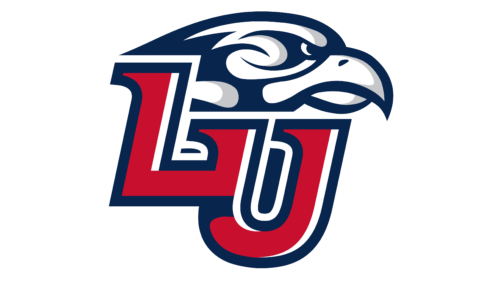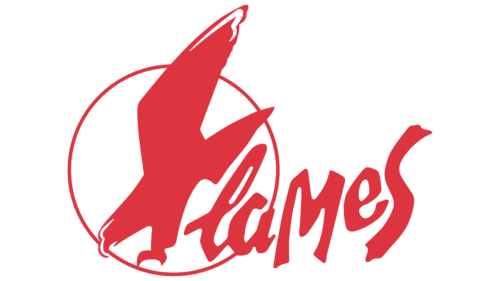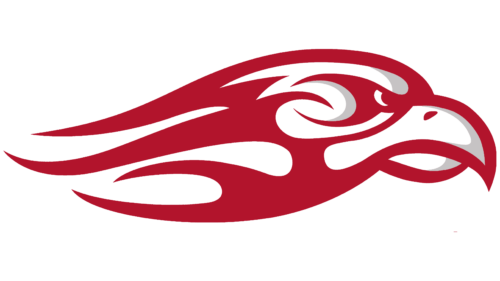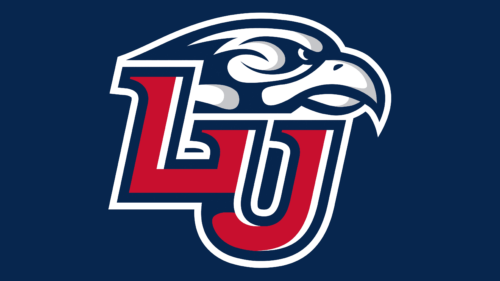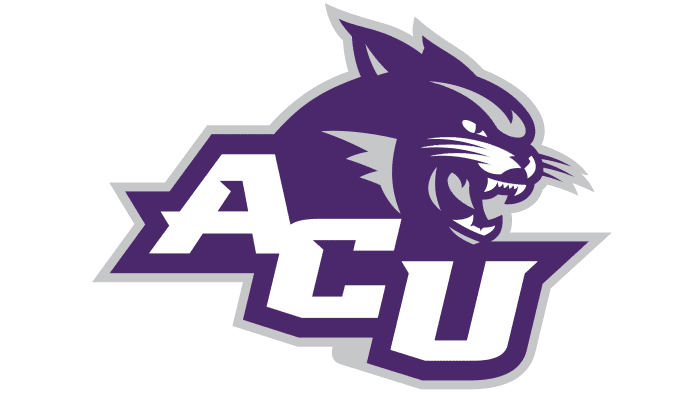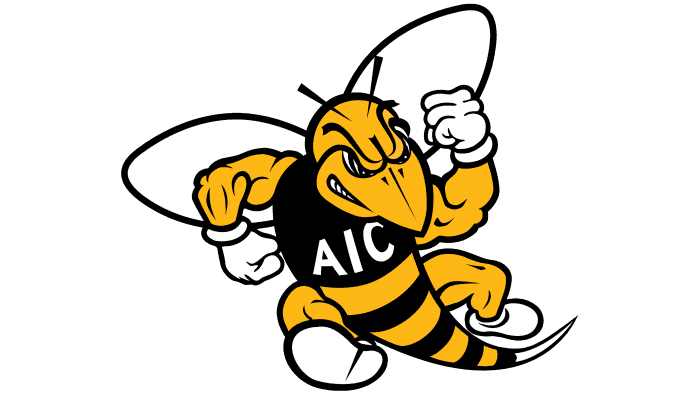The Liberty Flames logo is purposeful, dynamic, and simultaneously menacing. And how else should it be, since it is meant to instill fear in the opponent so that the team can emerge victorious in sports battles. The mascot does not look so much evil as it is focused on victory, so the main impression conveyed by the emblem is resilience in the face of any difficulties.
Liberty Flames: Brand overview
| Founded: | 1973 |
| Headquarters: | Lynchburg, Virginia, U.S. |
| Website: | liberty.edu |
Meaning and History
The name Liberty University did not appear immediately, but in 1985, so the visual identity of the sports department changed along with the university’s identity. Despite the rebranding, the team’s LU card remained a bonfire (fire, flame) from the word “Flames” for a long time. But then the mascot was updated and replaced with an eagle, the image of which transitioned into the logo. This bird is the national symbol of the USA, directly linked to the word “freedom,” which was incorporated into the modernized name of the student teams. The patriotic emblem has long become the embodiment of this educational institution.
The first nickname (Flames) was approved in 1972. It was chosen by the students themselves, guided by the school’s motto, “Knowledge Aflame.” Later, the word “Liberty” was added to the name as the Virginia college decided to rebrand. The new Liberty Flames mascot appeared a few years later in the recently accepted color scheme.
What is Liberty Flames?
Liberty Flames is a participant in the intercollegiate sports program representing Liberty University. It consists of 20 student teams competing at the NCAA Division I level. In addition, they are part of the ASUN Conference, Big East (field hockey), Conference USA, and CCSA (swimming and diving). The footballers compete in the FBS Independent. The location of this division is Lynchburg, Virginia. The mascot is an eagle.
1979 – 1980
The Liberty Flames logo is directly linked to the name of the sports program:
- the flying eagle symbolizes “Liberty”;
- the burning torch represents “Flames.”
The bird is depicted in flight, as evidenced by the wings raised upwards, as if in the process of a stroke. In the claws of the left paw, it holds a lit torch. The eagle is drawn in contour in a realistic style. All elements are painted in blue and red colors, which at that time were not yet official.
1980 – 1984
The eagle took on a red color and a tilt to the left as if it were diving at opponents. The wings are folded in the top position; the beak is sharp and outlined by a white wavy strip, and the tail has a clear triangular shape. This is done so that the silhouette would resemble the first letter of the team’s nickname – “F.” The rest of the name – “lames” – is located on the right. It imitates careless handwriting and consists of bold glyphs. A thin ring outlines the mascot.
1984 – 1985
The Liberty Flames emblem consists of three key elements, united by a common concept. These are an eagle (in this case, it’s head), a flame (tongues of fire on the left), and a double ring (a symbol of their unity). The sign is executed in an abstract style with wide red lines.
1985 – 2000
Designers proposed a strict logo with the abbreviation “LU,” next to which the remaining part of Liberty University’s name is written in small letters. The first letters are large and blocky. The rest of the text is typed in a small sans-serif font and painted in two colors: the top line is red, and the bottom one is blue. The eagle is drawn in contour: the head is profiled and directed to the right. The powerful beak looks menacing and adds authority to the bird. The mascot occupies the entire upper right corner, and the monogram – the lower left one.
2000 – 2003
Developers wanted to move away from the image of the formidable eagle and focus on the flame. As a result, a flaming “L” appeared. The flame is on the left and placed horizontally. The first letter from the abbreviation “LU” is superimposed on the second, resulting in a geometric circle. The glyphs have a triple frame consisting of white, red, and blue stripes.
2003 – 2013
The eagle returned to the Liberty Flames logo. Its head consists of single wavy stripes reminiscent of tongues of flame. In this way, designers combined two key images: the mascot and the team’s nickname. The name of the sports department is located in the center and is broken down into two horizontal rows, which are aligned to the right edge. The letters in the upper line are large and bold, and in the lower line – small and semi-bold. The bird’s gaze is frightening, and the beak is large, sharp, and curved.
2013 – today
The sports department has updated its visual identity but has not deviated from the traditional design. The emblem represents the university’s abbreviated name and the team’s mascot. They divide the space into two parts:
- the top features a formidable eagle looking to the right;
- the bottom consists of a monogram made up of abbreviations.
The sign’s updated look gained sophistication and modernity. In addition to the basic colors, gray was introduced, forming shadows on the bird’s head. The block letters are framed widely, with the glyphs gaining serrated serifs, pointing to the right.
Font and Colors
Designers chose grotesque fonts for the Liberty Flames emblem – flat and smooth. Some of them resemble careless handwriting; others are reminiscent of Grotesque Medium Italic by Wooden Type Fonts or created with a custom typeface.
The color scheme of the logos is presented by the university’s official palette, consisting of a combination of red, navy blue, and white. They (or at least one of them) are present in all student team signs and correspond with the colors of the U.S. national flag.
Liberty Flames color codes
| Space Cadet | Hex color: | #08254e |
|---|---|---|
| RGB: | 8 37 78 | |
| CMYK: | 90 53 0 69 | |
| Pantone: | PMS 655 C |
| Red | Hex color: | #c8102e |
|---|---|---|
| RGB: | 200 16 46 | |
| CMYK: | 0 92 77 22 | |
| Pantone: | PMS 185 C |
| Neon Silver | Hex color: | #c6c7ca |
|---|---|---|
| RGB: | 198 199 202 | |
| CMYK: | 2 1 0 21 | |
| Pantone: | PMS 428 C |
